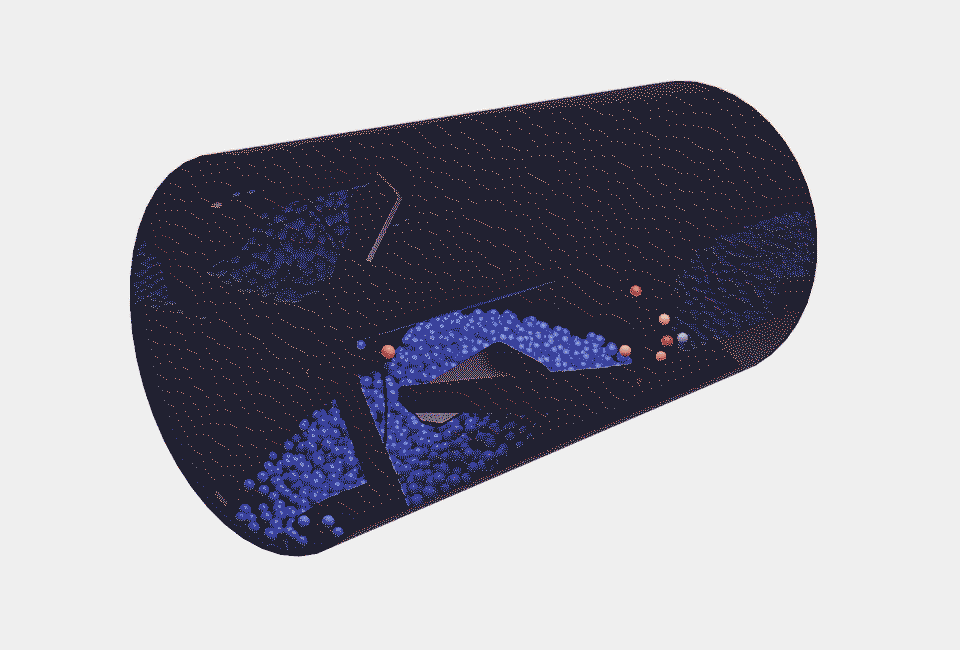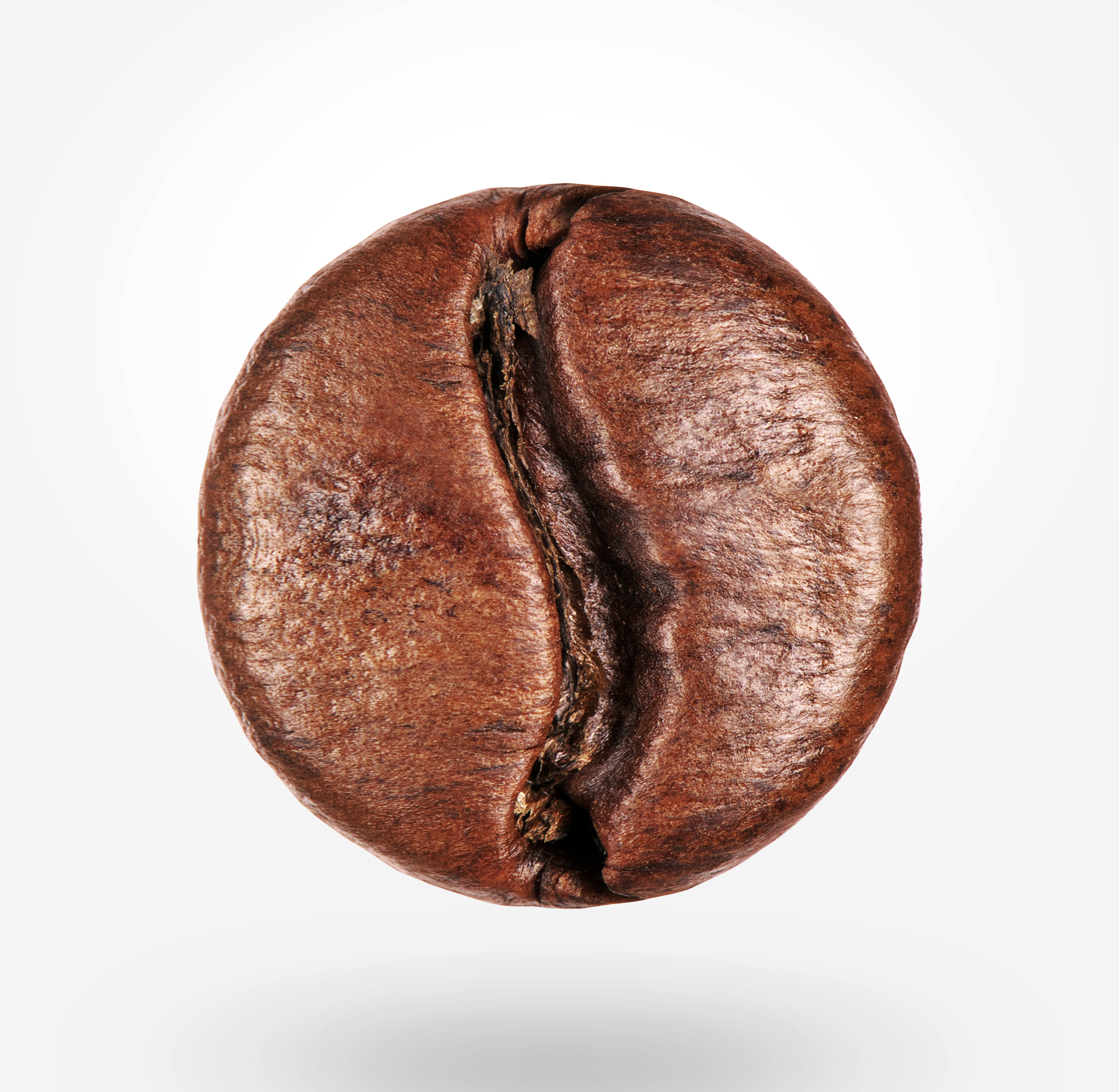As the previous lessons in this chapter describe, heat transfer during coffee roasting is a complex process. Numerous factors directly and indirectly affect the rate of heat transfer, and those factors can interact in numerous ways.
Modelling is a tool with great potential to untangle these complexities and help guide roasters to improve the consistency and quality of their coffees. But in order to create a useful model for any process, that process has to be simplified. A common example is when a complex shape — such as a coffee bean — is reduced to a sphere, to simplify the model’s calculations. This need to simplify processes in order to model them explains an aphorism coined by statistician George Box: ‘All models are wrong, but some are useful.’
Why Model?
If models can never be perfectly accurate, what makes them useful? We spoke to coffee roaster and scientist Mark Al-Shemmeri, founder of dialect.coffee and now R&D technology specialist at JDE Peet’s, to learn more about the potential — and pitfalls — of modelling coffee roasting.
One major benefit of modelling is the ability to calculate variables that are hard to measure, such as the bean’s core temperature or drum wall heat-transfer rates. Mark says, ‘I think that’s where simulations are really useful — we can start comparing the true bean temperature instead of BT probe readings.’ Models could compensate for the response time inherent to thermocouple readings, Mark explains, and thereby predict the true temperature of the beans. More-complex models could even predict the temperatures of both the bean surface and the spatial variations in air temperature within the drum (Alonso-Torres et al 2013, Chiang et al 2016).
 Modelling can explore every aspect of roasting, from heat transfer to the way beans move inside a roasting machine. This clip shows a model of bean motion within drum roasters and spouted-bed roasters.
Modelling can explore every aspect of roasting, from heat transfer to the way beans move inside a roasting machine. This clip shows a model of bean motion within drum roasters and spouted-bed roasters.
Modelling is also a useful way to explore the roasting process,
